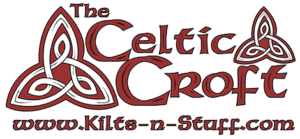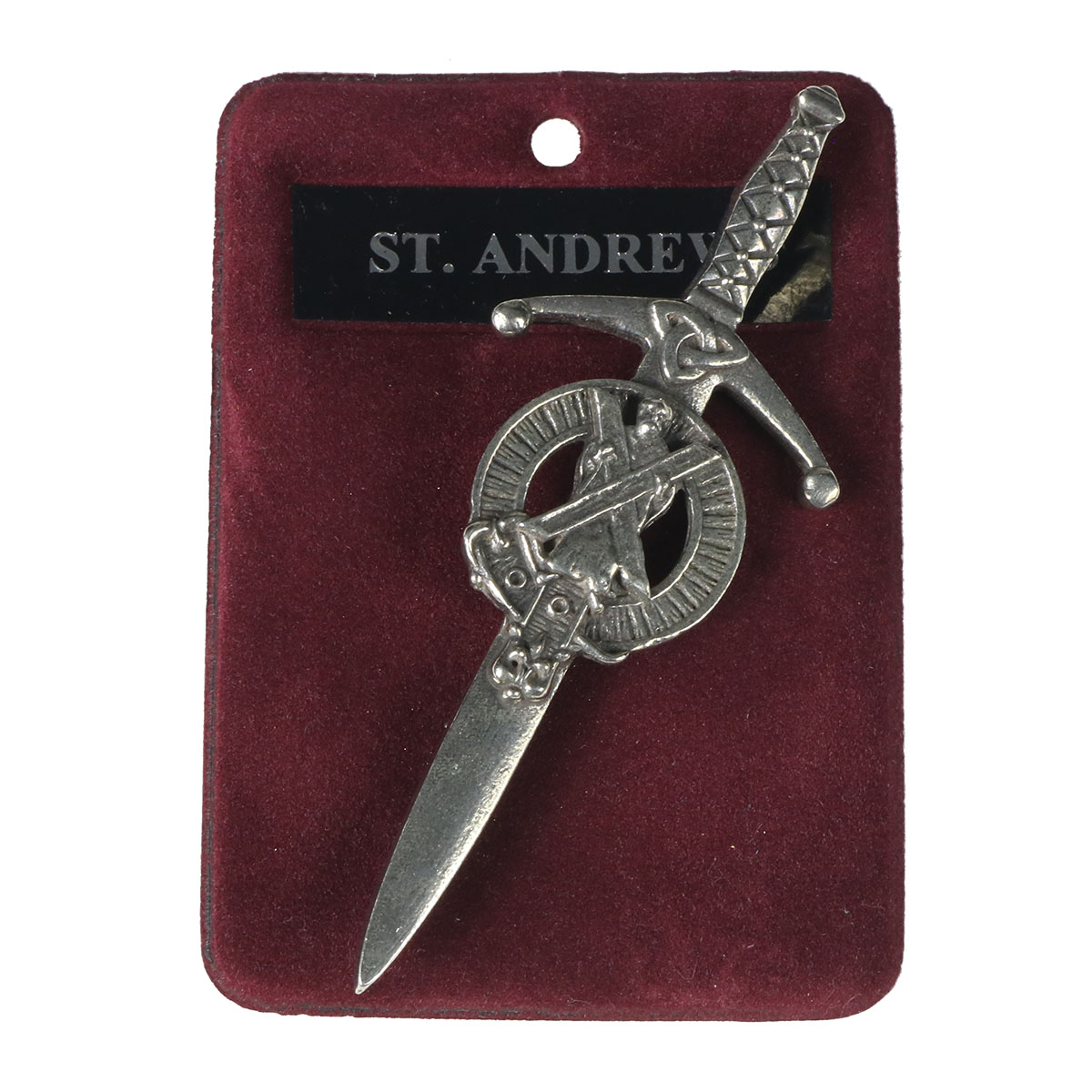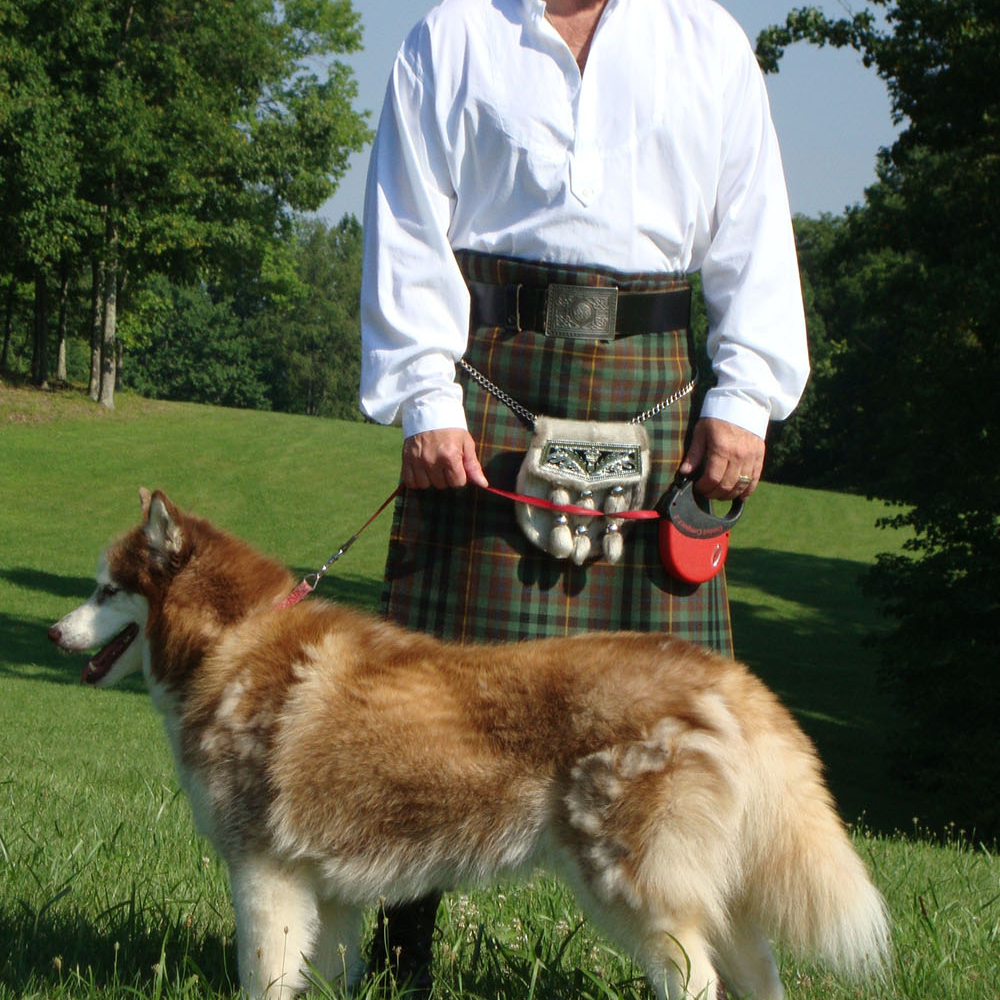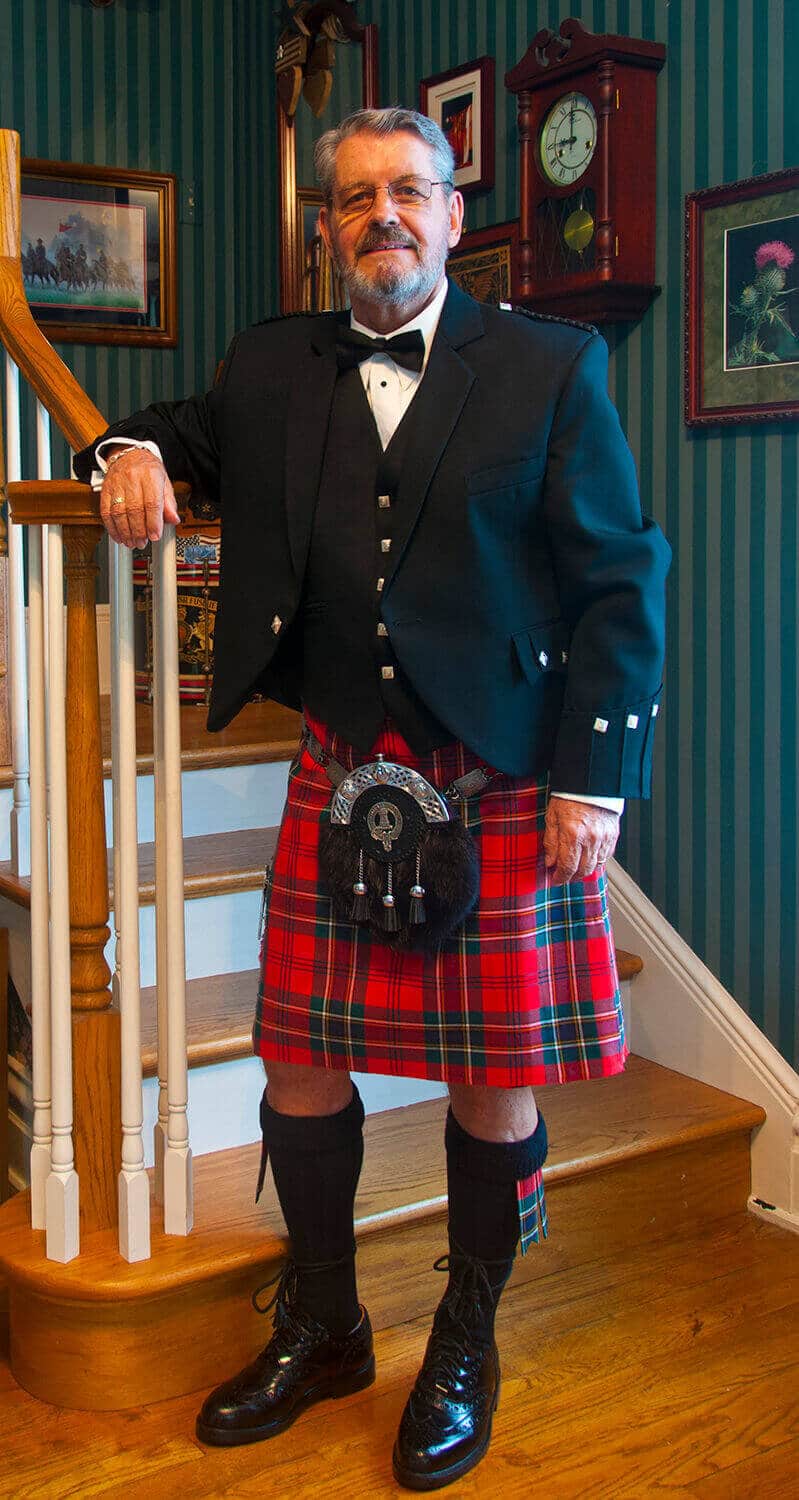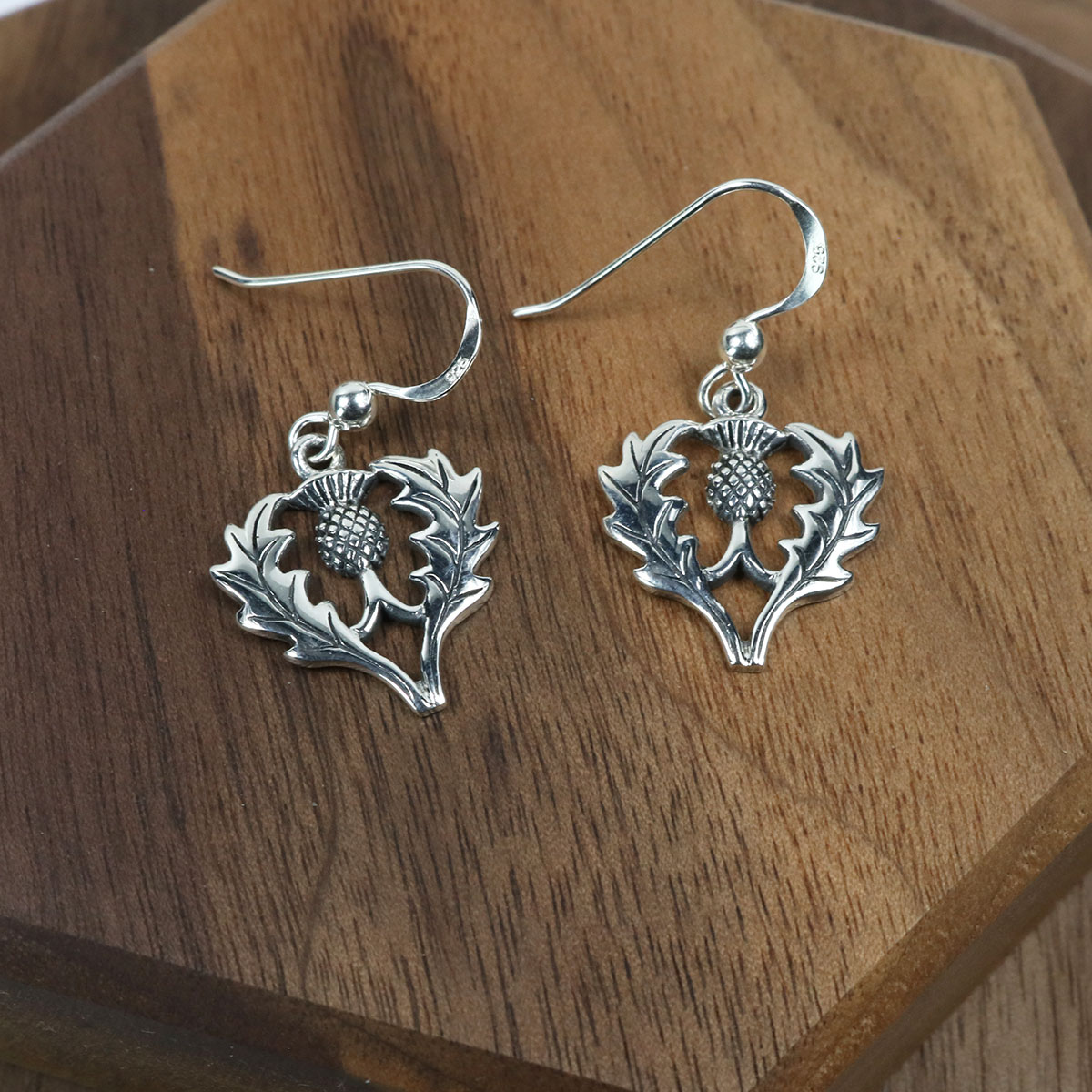The Glencoe Massacre
After William III took the throne of England, Scotland and Ireland the government offered an indemnity In August 1691 to all Highland chiefs who would take an oath of allegiance before January 1, 1692. Many Scottish clans remained loyal to King James II had been replaced by William III. Therefore, anticipating of widespread refusals to take the oath, the government drew up “Letters of fire and sword” punish any clans who did refuse. Fortunately the clans obeyed the order and signed the oath. But the leader of the MacDonalds of Glencoe postponed his submission until the last minute. He Intended to take the oath from the governor, Lieutenant Colonel John Hill on December 31st. However, winter weather, and the lack of a magistrate at Fort William caused his signing of the oath to be delayed until January 6th. In spite of the good faith attempt to sign the oath, the clan MacDonald was to be used as an example.
In late January, two companies of approximately 120 men from the Earl of Argyll’s Regiment of Foot arrived in Glencoe. The commander carried orders for ‘free quarter’, to the soldiers which was an established alternative to paying taxes in cash. After being billeted with the MacDonalds for almost two weeks, on February 12th, the officer leading the two companies received orders to carry out the attack. Lieutenant Colonel Hill ordered 400 men to block the northern exits of Glencoe and another detachment of 400 to sweep north through the glen killing all, looting and burning the buildings.
The troops coming from the south arrived late about two hours after the killing was over, which may have allowed many to escape. Reports from varied, but somewhere between 25 and 38 MacDonalds were said to have been killed. As many as 40 others may have died of exposure in the snow storm that same day.
New Research
The National Trust of Scotland began excavations in the valley in 2019. They have been looking for evidence of the 1692 massacre, as well as that of later occupation of the area. At the time of the massacre, the settlements at Achtriachtan, Achnacon and Inverrigan in Glencoe were traditional Highland farming villages a few miles apart, but they were eventually abandoned. The three farm settlements each had 8 to 10 stone buildings and supported 70 to 80 people.
Much of the current work is focused on the remains of a house measuring 40 feet long by 20 feet wide (13 by 6 meters). It’s stone walls were 3 feet thick and likely covered with a layer of turf to help insulate the house from the cold mountain weather. Unfortunately the stone walls themselves no longer survive. The stone was probably reused in a nearby road or for later farm buildings in the area. The stone floor was hidden under a layer of soil and remains mostly intact. The NTS is hoping to raise funds to build a replica of the house at the NTS Glencoe visitor center.
Many of the MacDonalds who survived reoccupied the three townships in the glen. It is believed that the house was a local “change house,” or inn. The muster rolls from rebel army of Charles Edward Stuart sometimes included the soldiers’ occupations. One of the MacDonalds in those rolls was listed as the keeper of a “change house” in Glencoe.
Few other artifacts have been found except for fragments of a type of ceramic used to make tankards. But more information may be gained by seeking out nearby “midden heaps,” of discarded rubbish.
